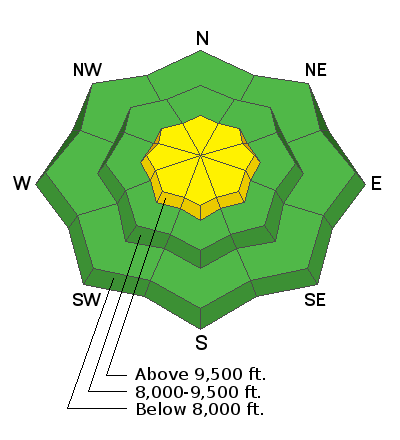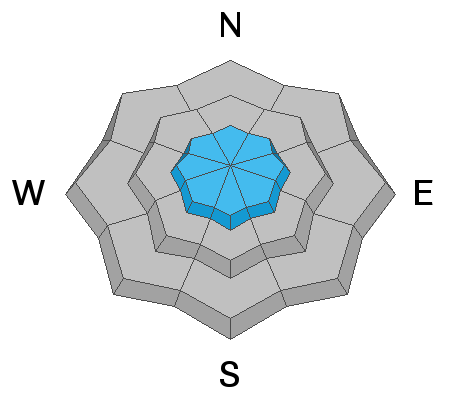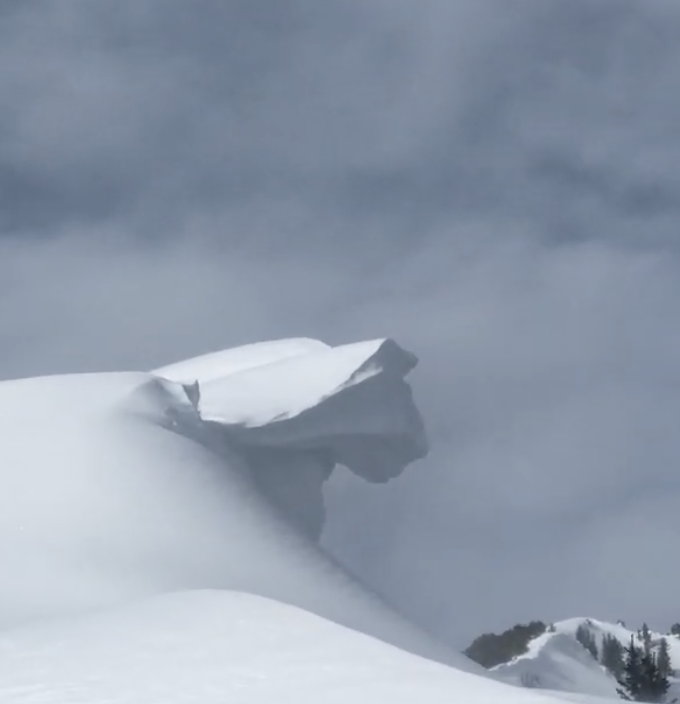Forecast for the Provo Area Mountains

Issued by Nikki Champion on
Wednesday morning, January 22, 2020
Wednesday morning, January 22, 2020
Today a MODERATE danger exists on all upper elevation slopes where triggering a fresh slab of wind drifted snow is possible. Look for signs of wind drifted snow and use caution in steeper terrain.
As you lose elevation, you lose most of the problem. Low and mid-elevation slopes with no steep terrain above or adjacent to them have a LOW avalanche danger where generally safe riding conditions exist.
Continue to observe safe travel protocol. Practice with your rescue gear.

Low
Moderate
Considerable
High
Extreme
Learn how to read the forecast here








